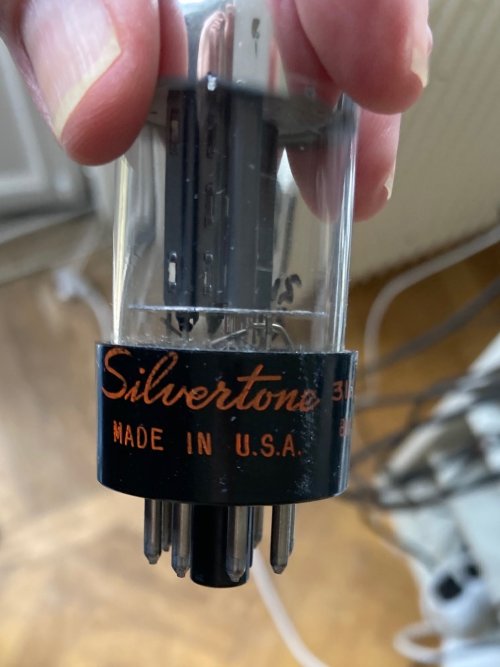Here is a reference to different EIA code lists for different years:
https://www.ecianow.org/eia-source-codes
As far as I know the EIA codes did not change for manufacturers, but perhaps a code was added when a company would buy another company (?).
Regarding you Sylvania question, a number of companies switched to different date coding systems, or sometimes even having two systems being used at the same time - for example for civilian and military use. Usually the military date code is straight forward - 52-39 would mean 39th week 1952.
Sylvania tubes from the early 50s have two date codes - one on the base of the tube and one on the glass under the tube designation logo. Presumably one code is manufacturing date and the other shipping date - there could be several months discrepancy.
Here is an example - a Motorola 6J5GT tube. The base says 312026 and under the 6J5GT on the glass it says COM.
COM:
C = March (count ABC on your fingers but skip I because it is too easily confused with 1)
0 = 1950
M = maybe the factory
312 is the Sylvania EIA code
026 means 1950 26th week (June)
So the tube was made in March 1950 and shipped in June 1950.
Another example - a FoMoCo 6J5GT tube (Ford Motor Company) has the following codes:
L9M and 312 026.
L = November
9 = 1949
M = factory
312 and 026 as above; in other words both tubes were shipped at the same time but manufactured several months apart.
Tung Sol codes are a complete mystery - it appears that the date codes indicate the end of the warranty period. Sometimes the original tube box will have a date printed, and you may be able to compare it to the date code on the tube base.
Sometimes the date code follows the alphabet but starting in the middle with N being the starting point (January). I have an Arcturus 6N7G tube that says N4 N4 on the base. IMHO it means that the tube was manufactured and shipped in January 1944.
Except for the military dating code there is no real standard and each manufacturer may use their own system.
























